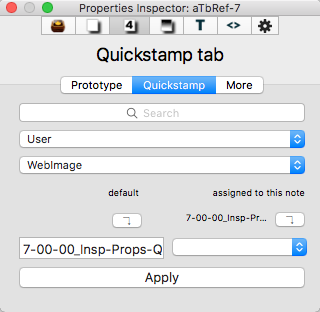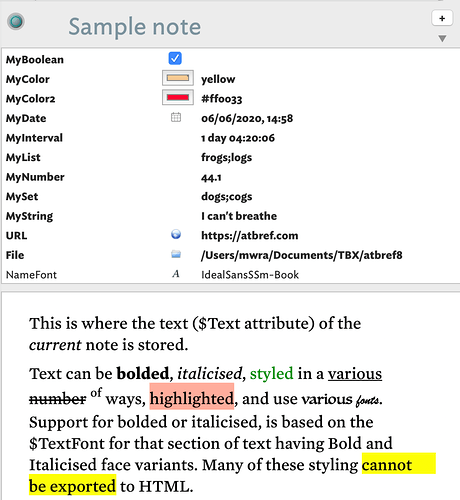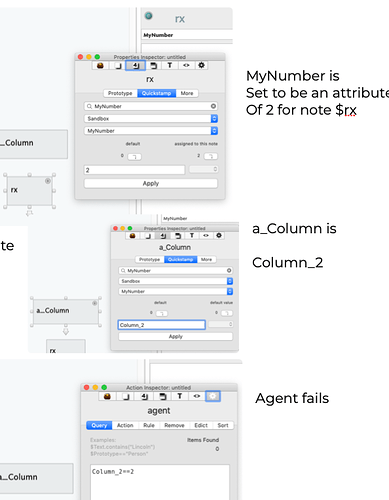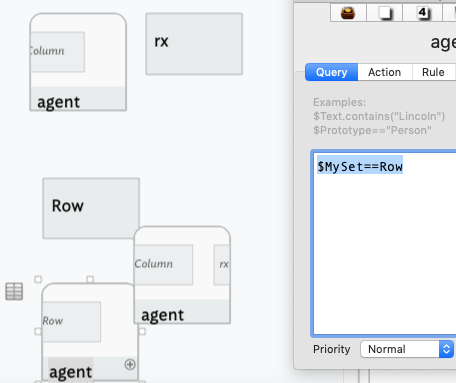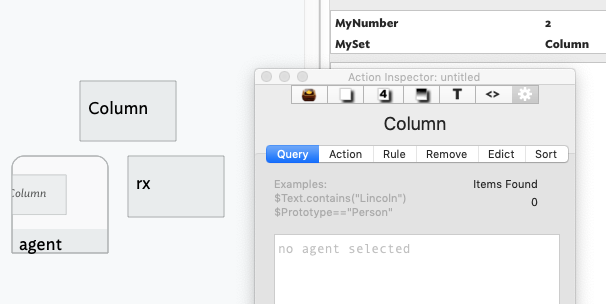Good point, I’d failed to notice the ‘=’ button wasn’t included in the screen grab. Fixed. Please re-check articles ‘Text tab’ and ‘Key Attributes table’. Note: you may need to refresh your web browser so the updatec page shows. Is this clearer now.
Where does the article say “current” note in this context? I am using the word ‘current’ in sense of currently selected, i.e. ‘that thing presently selected’, or ‘currently set’ as in the valie/choice presently saved. I find 4 references to ‘current’ note in the ‘Key Attributes table’ article relating to your question:
- “…defaults to current system time…”. See macOS System Preferences →Data & Time (also seen in your Mac’s :
Er, what about “an optional display of a user-defined tabular layout of attribute title/value cells.”. That’s what I understand Key Attributes mean. What other interpretation of the sentence would you give. Key Attributes are:
- optional. A note does not have to have Key Attributes.
- tabular. If Key Attributes are used, they are show in the form of a table (i.e. ‘tabular form’)
- the table takes the form of two columns. On the left the attribute name, or the right it’s title.
As you as the user define a Key Attributes table, surely the las bullet point is self-evident.
Forgive me for asking, and I mean this politely, but is the issue here that English is not your first language so some terms are unfamiliar? I don’t think I’m writing complex English and the articles are heavily cross referenced.
Context, how? The links generally imply, “to find out more about [link], click the [link]”.
Forgive me, I think you misunderstand. aTbRef is a resource I write in my own spare time and host at my own cost, for the benefit of my fellow users. I make genuine effort to improve the resource based on actionable information. Insults like “must be much better.” don’t incentivise me to help anyone; you’re not paying for my help, my time: why be so demanding? Is my role in the wordld simply to answer your questions? If so, why? I can and will improve the resource but please make some effort to understand it before dismissing the content out of hand. It also helps to make actionable input, i.e. input upon which I can actually take action.
I think you totally misunderstand the effort involved in making this resource. Making specific screen grabs with mark-ups takes significant time compared to writing textual explanations. Please be respectful of the effort involved.
I think that is rather disingenuous. You seem to follow ‘links’ here to make replies. If you don’t understand links, you don’t understand the Web, or hypertext. Tinderbox links are just hypertext. I think you are rather overcomplicating things to bolster your sense of non understanding.
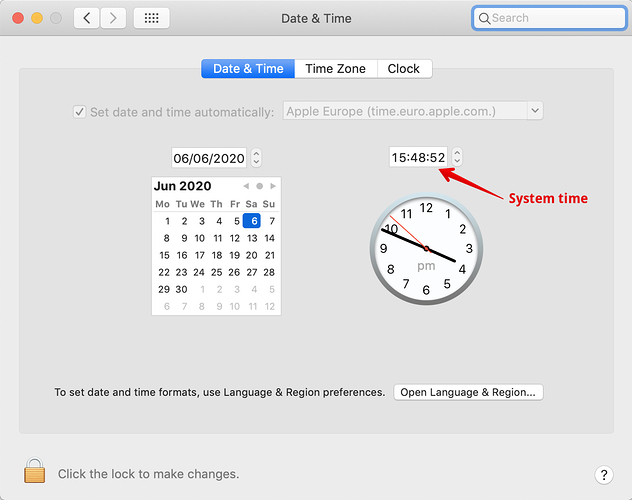

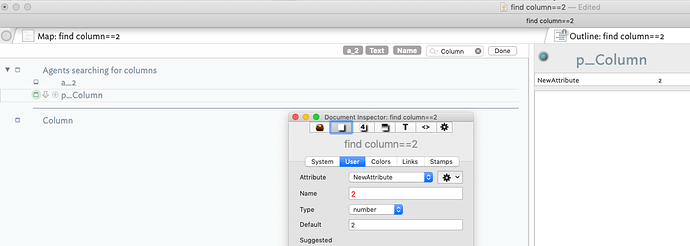

 However, your TBX doesn’t reflect this. There should only be 3 notes, if you follow my instructions above. But, you have got (your) Step 1 correct, insofar as we now have ‘Col7’ attribute defined in the document. However, your query at your Step 2 doesn’t make sense:
However, your TBX doesn’t reflect this. There should only be 3 notes, if you follow my instructions above. But, you have got (your) Step 1 correct, insofar as we now have ‘Col7’ attribute defined in the document. However, your query at your Step 2 doesn’t make sense: